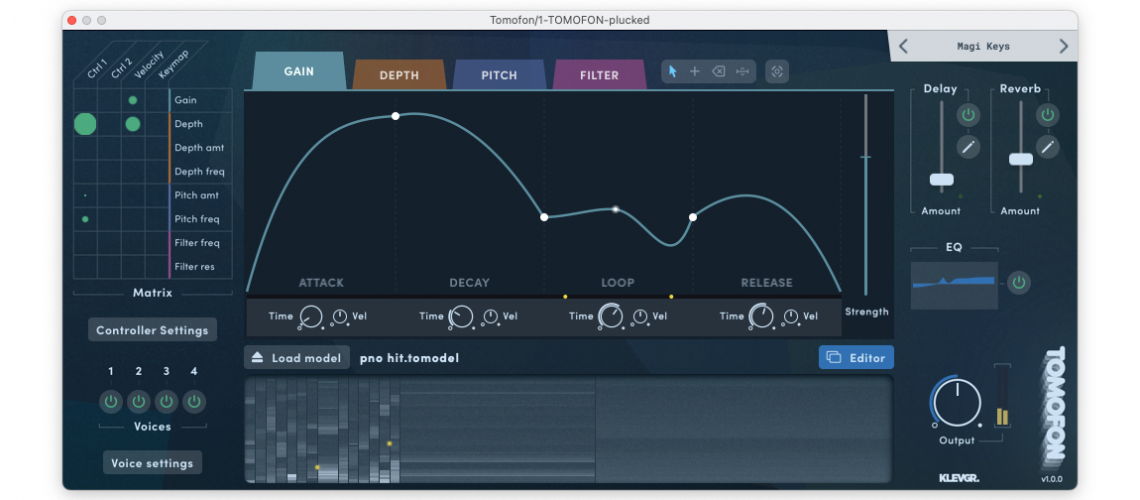The latest plug-in from Swedish boutique maker Klevgrand takes their idiosyncratic instrument line to a new level. Tomofon is wave/sample based, but not a wavetable synth or sampler. And the sounds it makes can be realistic, quirky, expressive, and bizarre.
And wow, listen:
Tomofon is full of synthetic vocals, satisfying percussion – the bits we have come to expect from Klevgrand. But then things slip into a sonic multiverse fast, as all those worlds combine. My friend David Last described the sound as being satisfyingly “uncanny valley.” Suddenly your congo sort of… sings. Or your vocal sounds like it’s trying to be a violin. Or you can push the models into extremes and hear sawed, bowed textures, almost physical-modeling – but it’s not. There are tons of expressive presets that you can modify at will, and it’s equally easy to build up sounds from scratch. This instrument is just full of unexpected synthetic sounds.
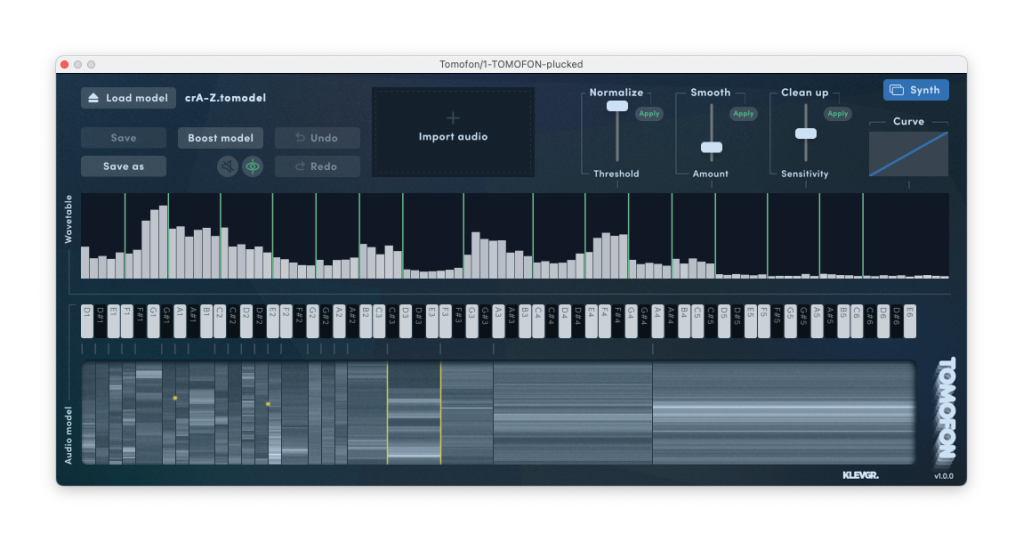
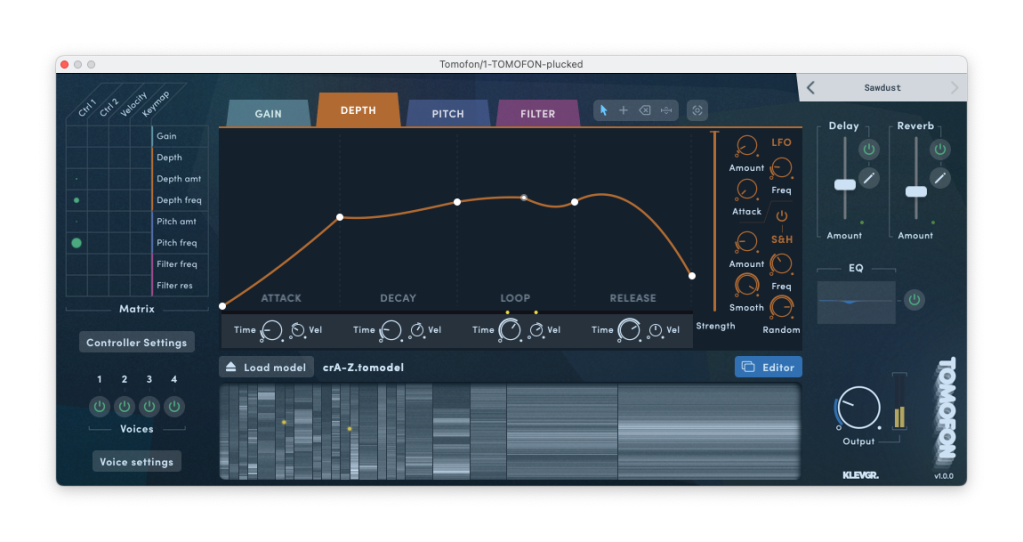
They call this a “Real Audio Synthesizer” with “Audio Models” at the core of the synth engine. It’s a bit hard to describe exactly what they’ve done to make that possible. They don’t call this concatenative synthesis, but at least part of what they’ve done is similar (and allows for vocal-style modeling). As with that technique, you start with longer samples, and slice them up into a bunch of smaller waveforms extracted from the longer file. They then map those bits across the MIDI key range.
Where this ceases to be traditional concatenative synthesis or wavetable synthesis is how the playback engine then renders sounds from the keys and other dimensions. The sound content – the “Audio Model” – is then rendered with up to four doubled voices (and monophony or legato polyphony), using a series of envelopes and controls.
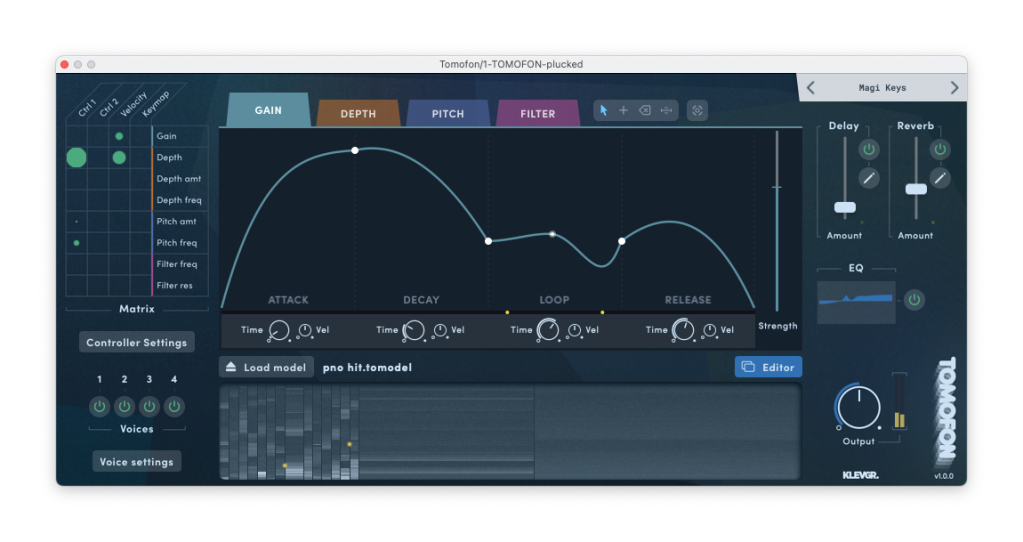
It’s worth watching this video. (The documentation is helpful, too, but in this case it’s far clearer to me from the video what they’re actually doing.) In particular, they run you through the method of capturing sound samples properly – a bit closer to traditional sampling, in that you try to get sound content across different notes.
Of course, this doesn’t stop you from just throwing random sound files at the engine and letting it glitch out, which also produces surprising and unique results. I got strange, vibrating metallic sounds, out-of-control bowing ringing sounds, and more, even using the import process intentionally wrong – and the automatic mapping still produced playable results.
(I do hope I got this right, so – we may shortly have an update with the developers!)
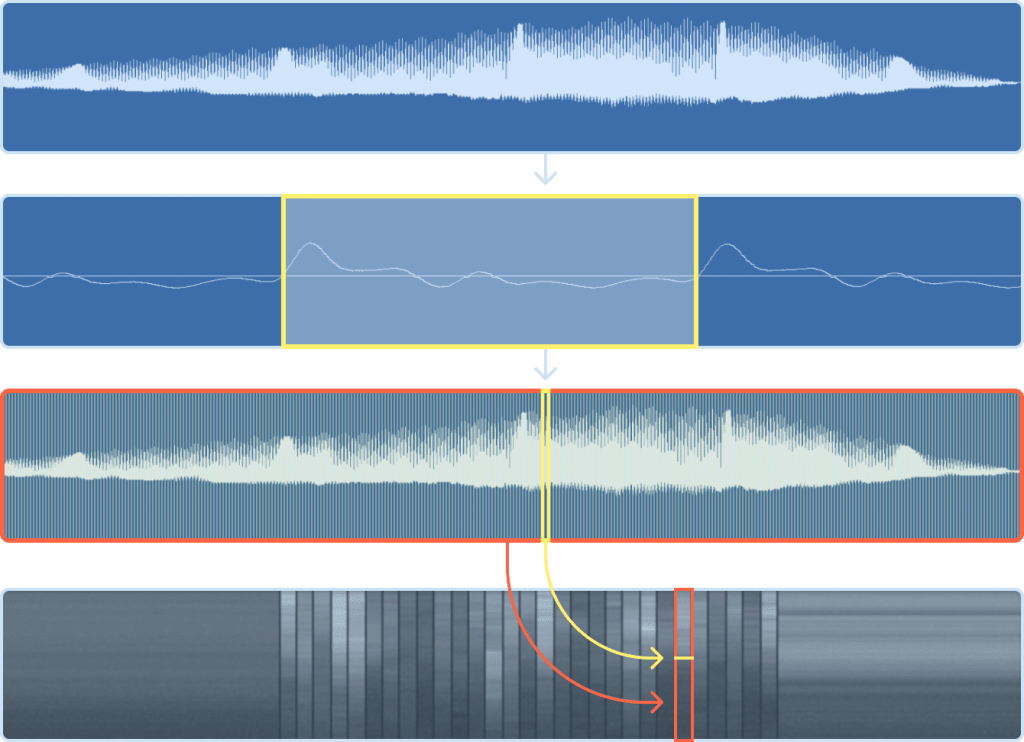
The basic ingredients of the playback engine / synth toolset:
- 124 Audio Models with “high quality audio of multiple expressions,” covering a range of instruments (strings, vocals, brass, woodwind, guitars, etc.) – though you can absolutely make the results sound nothing like any of those instruments
- Import your own audio to build your own Audio Models – via the “editor” button – and then map automatically, manually, or with a combination
- Time envelopes
- Pitch and layer depth envelopes
- Filter with modulation and envelope
- LFOs, sample & hold with randomness
- Modulation matrix, which can also map velocity to envelope times, etc.
- Monophonic (with glide) and polyphonic legato modes (with envelope sync as you play new notes)
- Up to 4 doubling voices with their own pitch, pan, and level
- Reverb, delay, and EQ sections (post)
Those envelopes are pretty crazy, too, bending through a series of Bezier curves across the breakpoints, and with a looping option. (Some envelopes have modulation, as well.) You can do a lot just with envelope looping and whatnot, which also means you can quickly abuse any of the presets by modifying their envelopes and modulation.
There are also plenty of details for sound designers. The import audio workflow includes different options for automatically or manually adding sound content, sorting and merging, normalizing and smoothing, all with undo/redo.
It’s also a great deal of fun that you can import from just a single file and let the software do the work – which begs the question why wavetable and sample instruments don’t work the same way. You can also double-click values to reset them and alt/option-drag to fine-control a parameter. The import technique requires a little review, but the rest of the tool is friendly and discoverable.
My only gripe here is that leaving tuning out seems a major lost opportunity. (There’s also no MPE support, which could make tuning via a third-party solution tougher, at least in polyphonic legato mode.) These instruments almost immediately suggest wanting some tuning options.
But this is really a genius approach. I do hope for more development on the tool over time – there’s such potential here.
Tomofon is an AU/VST/AAX for 64-bit macOS 10.10+ (Intel/Apple Silicon) and Windows 7+.
I almost made some demos here, but … I’m going to wait and really sort the import workflow better. This is an immediate favorite, though, and I’ll be playing it live tomorrow.
$99 intro, $129.99 thereafter. Full demo available.
